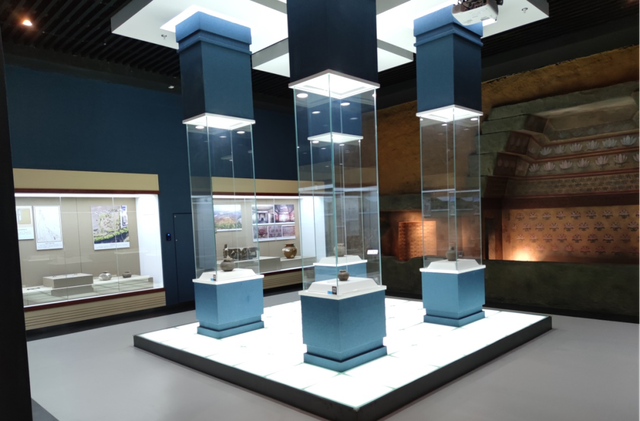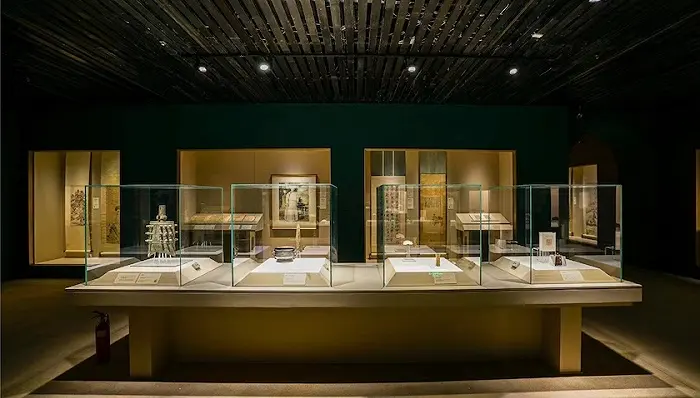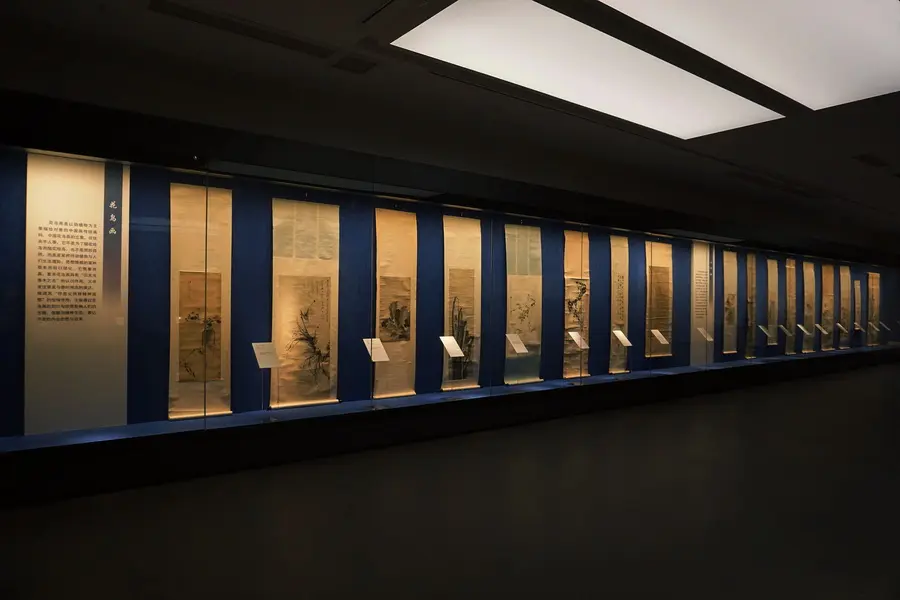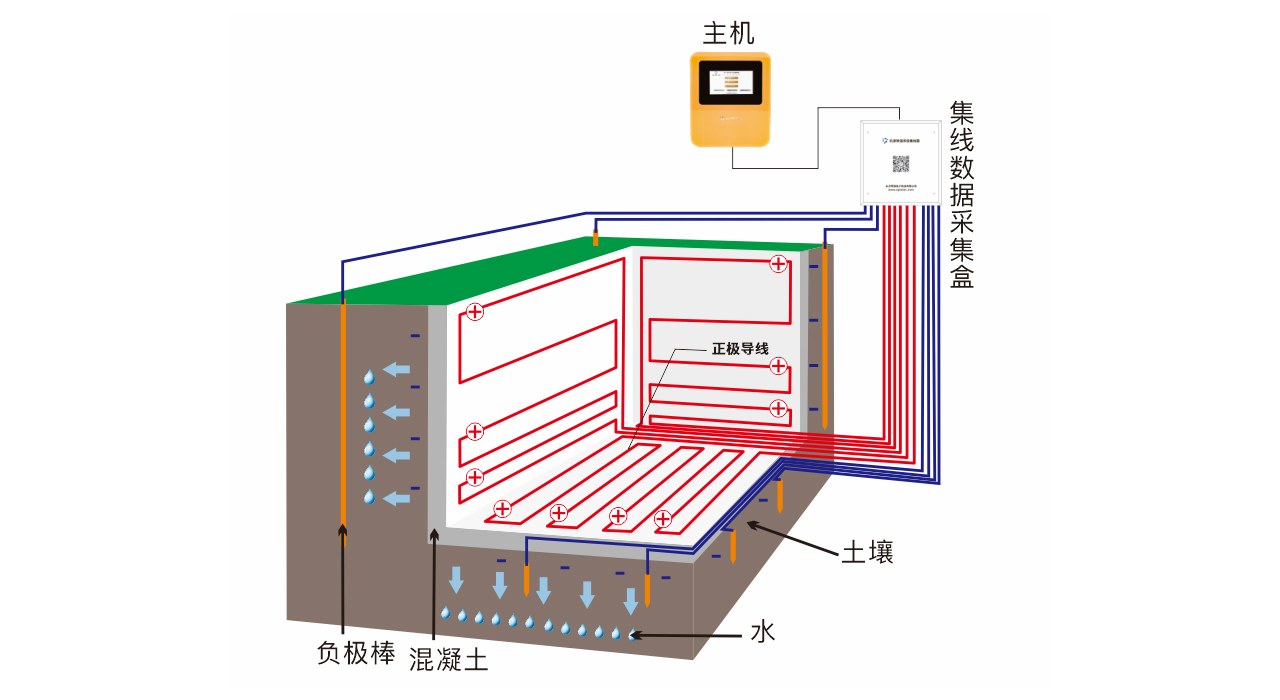The museum is a place for collecting, collecting, displaying and studying objects representing natural and human cultural heritage. The collections of the museum, like intelligent historians, tell us about the majestic history, cultural heritage and the charm of art.
However, the preservation of cultural relics is a complex and huge project. Environmental temperature and humidity, climate, air pollution, light radiation, insect damage, microbial reproduction and other factors will affect the preservation quality of cultural relics.
China has a remarkable monsoon climate, which is cold and dry in winter, wet and rainy in summer, with obvious alternation of spring, summer, autumn and winter, and a complex and changeable climate.

At present, the rainy season is rainy and humid. Abundant rainfall will bring inevitable moisture problems to southern China.
During the rainy season, dehumidification is an important work of the southern Museum.
So, how can the museum protect its collections from moisture?

1. Always ventilate, especially when the weather is good, ventilation can take away moisture, but pay attention not to ventilate on cloudy days, rainy days, and after heavy rain in summer, which will bring a lot of moisture indoors.
2. Hang absorbent materials with strong adsorption in places prone to moisture, such as activated carbon bags, or sprinkle desiccant on the ground. You can break camphor balls and sprinkle them there with activated carbon powder to remove moisture. Remember to replace the desiccant every other period of time.

3. The electroosmosis pulse impermeability dehumidification system can meet the needs of temperature and humidity control for ancient buildings and cultural relics storage, and match electroosmosis equipment of different specifications and models according to the actual working conditions of different cultural relics and storage spaces. It can effectively control the relative humidity of the environment, reduce the moisture attached to the surface of cultural relics, inhibit bacterial reproduction, and avoid mildew and long spots.

Tongqiang technology electroosmosis system is based on the principle of electroosmosis. The control device of the system generates a series of low-voltage pulse charges, which act on the water molecules in the pores and gaps in the structure through the electromagnetic field composed of positive and negative electrodes, and ionize them. It is widely used in homes, archives, libraries, research rooms, computer rooms, warehouses, storage rooms and other environments requiring a certain degree of dryness.